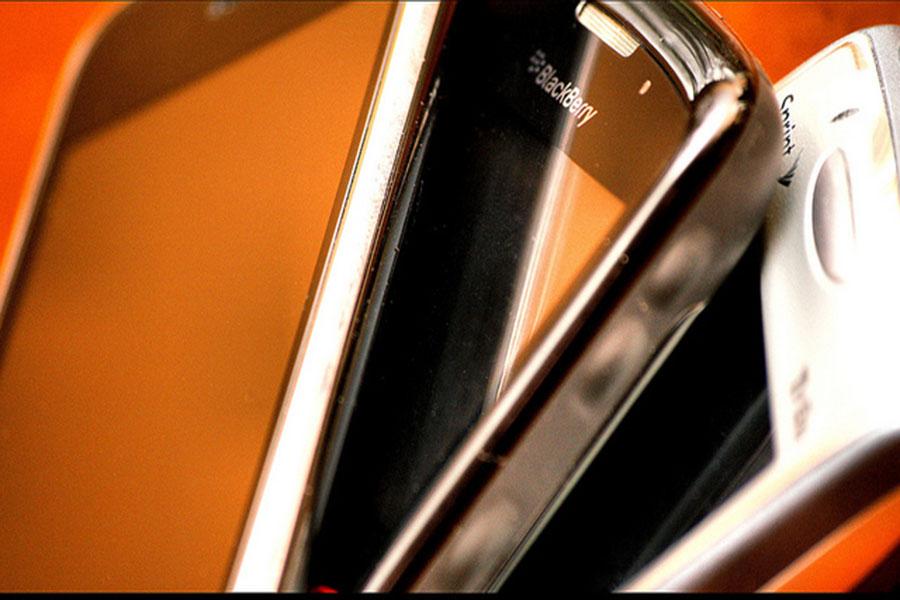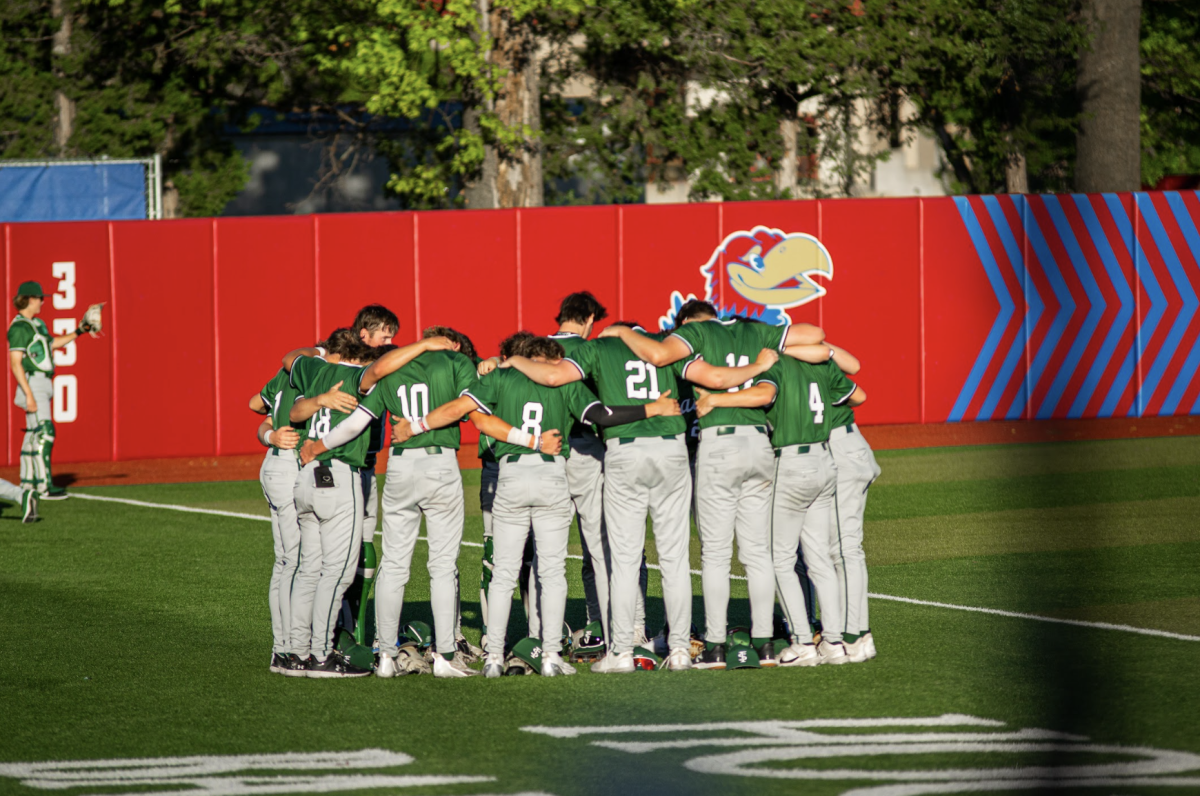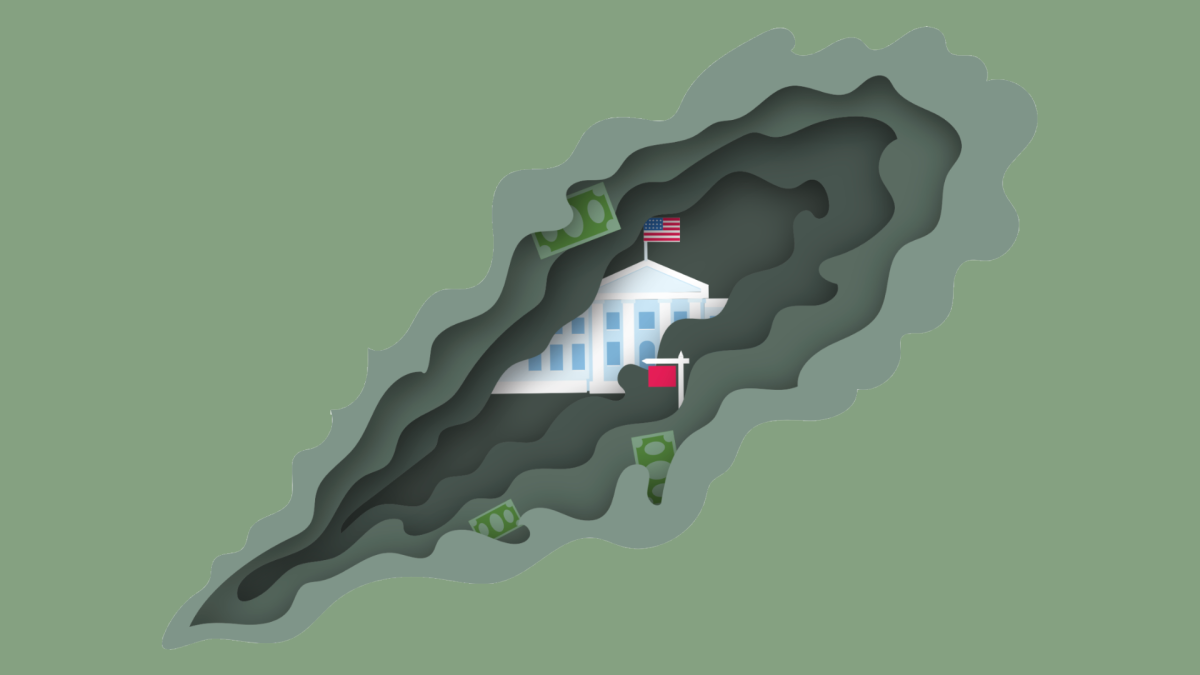I follow 664 people on Twitter and I’ve tweeted over 1,400 times. I have 234 contacts in my phone, most of whom I’ve never called, texted or talked to more than a couple of times. I activated my Twitter account my sophomore year; I’ve had my phone contacts since seventh grade.
In an attempt to expand our social networks, to “meet” as many friends as possible and to gain as many “likes,” “favorites” and “retweets,” our social attentions have turned from building intimate, real relationships in real life to creating and valuing artificial and superficial relationships from behind the barrier of a few millimeters of expensive glass.
I mention my Twitter stats not to brag–even though they aren’t that impressive–but to give you an example of how I–and probably most of you–cultivate your social media presence: through clicking a button. If you have a crush on someone, it’s much easier to follow them on Twitter, to request their Facebook friendship, than to muster up the courage to create small talk, let alone ask them for their number.
My “Followees-to-Contacts ratio” (patented) is a perfect example of this modern-day enigma. We hide behind screens to tell people how we really feel. We covet Twitter interactions and we often talk to most people we know over Facebook and Twitter instead of in face-to-face communication. Will we soon prefer “retweets” and “favorites” to a smile and friendly “What’s up?” in the hallway? Do we already?
According to a brilliantly insightful Forbes article written by Margie Warrell, recent studies have shown that those who use social media the most–those under the age of 35–are suffering from feeling alone more than any other age group.
This correlation seems contradictory to the aim of social networking, to connect people as opposed to isolating them. My number of Twitter followees can also correlate to the lack of time that I am participating in day-to-day life–interacting with friends and family–and to the unnecessary amount of time that I am shutting myself off from the world, most of the time on purpose.
In the previously stated article, Warrell writes that “social networking provides a means of escaping [from our “regular” lives]…” Although social networking started out as a way to keep in contact with our friends on a more “live” basis, it seems that it has, for me at least, become a distractor for everyday life, an upgrade to the mundane.
And, as if this column isn’t filled with enough irony already, this social media distractor only makes my life more mundane. It makes me wish I could constantly keep in contact with my friends in real life as I see people doing on Twitter and Facebook; it raises my expectations about daily life as I am spoonfed silly stories and anecdotes in the Twitterverse of what I wished happened more often in my life.
For people who already suffer from loneliness or depression, Twitter is an easy access into a world of bright-faced emoticons and superficial stories about crazy weekend fun, the fun that you may have missed out on. However, despite social media’s enthralling inclusive vibe that it puts off, it can actually have the reverse effect.
By regularly checking status updates and feeds, we parade constant reminders in front of ourselves of how we aren’t actually involved in those events, those friends’ parties, etc. This annoying and somewhat self-destructive reminder can cause people to dive into deeper bouts of loneliness and persist a feeling of rejection, even if it is unintentional.
I know this because I’ve been experiencing it first-hand.
This winter has been a particularly rough time for me–I’m saving you the details so I don’t sound like a soapbox. And as November and December progressed, I noticed myself relying on my smartphone apps to keep me company. I noticed my more-than-regular checking of Twitter and Facebook. This was all a way for me to escape from the emotional stress and drama that I didn’t want to or know how to confront.
Secretly, I was hoping that these social media sites could help me feel more linked in (pun intended) to a world I so desperately wanted to be a part of; in reality, I was shutting myself off from it.
Since then, I’ve been able to start confronting and defeating some of the emotional stresses I’ve been dealing with. This column is a step in a forward direction for me, a direction that relishes time spent with friends even more than before; a direction that encourages changes to our daily routines that may be more malignant than we realize. I hope that with this column, I can continue to sustain the positive outlook on my life that I want to build upon.
This column is my new year resolution.
The other reason I’m writing this column is to urge all of us to value in-person communication more.
Me, I’m the main offender in not valuing face-to-face communication. I’m glued to my smartphone, checking it multiple times within the hour and routinely updating my Twitter feed. It only makes sense that I should be the one to restrain myself from the addicting Twitter and Facebook and put myself into reality, stepping out of the online social network and into the real one.
So, it’s time for a change.
Next week, along with other Free Press staff members, I’m breaking up with Twitter, Facebook, Buzzfeed, Instagram, Tumblr, you name it. I won’t be checking them like my life depends on it. In fact, I won’t be checking them at all, for an entire week. Well, breaking up is too harsh of a word: more so, we’re seeing other people.
The people I’m seeing, however, will be face-to-face.














